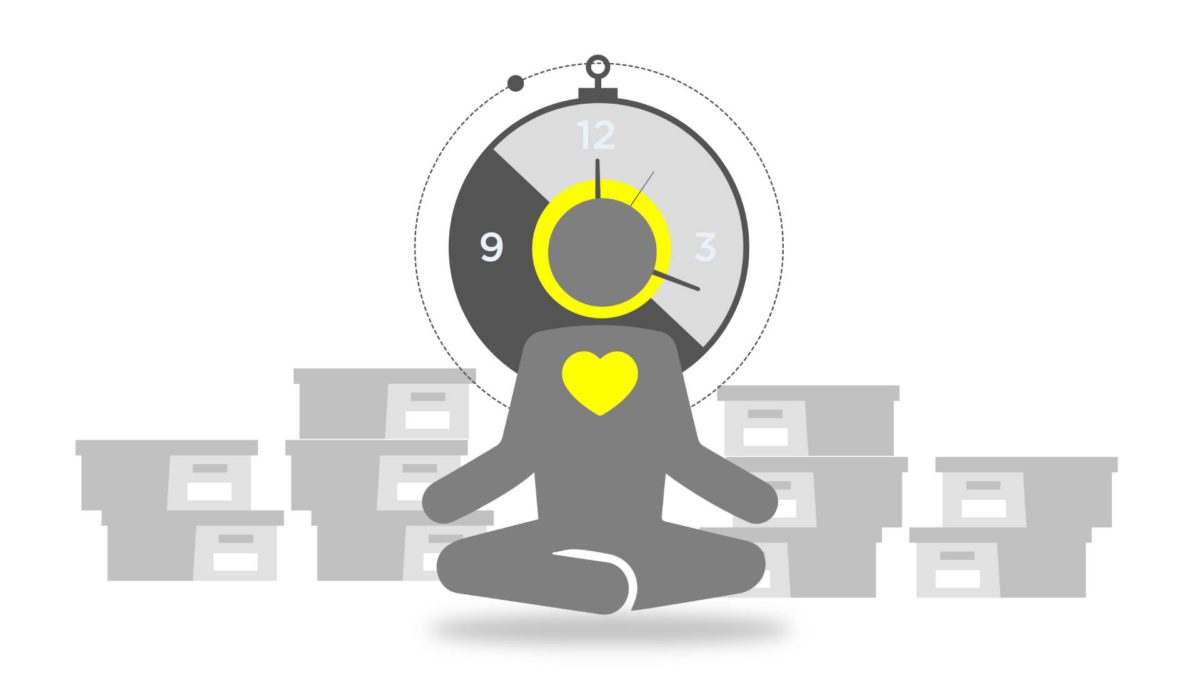Leadership is a big word that comes with bigger responsibilities. While a leader gets praised for their team’s success, they are also responsible for its troubles. After all, there are many challenges employees face in the workplace. This is true whether it’s remote or in the office. This is where leadership comes in to make sure nobody gets left behind in precarious situations when the dust finally settles.
It is important for a leader to have eyes for both the trouble and the troubled. It is not enough that they only care about the challenge, as they must also be considerate of who these hurdles are affecting. Saying that a leader requires the greatest amount of empathy is an understatement. A person in charge must know their team members by heart, and always remind themselves that these diligent workers are also people.
Read: Filling the Void: Leading with Empathy while Working From Home
People have lives outside of work, and their personal struggles and challenges can affect how they perform. They can lose focus, be less vocal, have a lack of energy, and have an overall lack of motivation to work. Being the person at the helm means you need to spot these changes in behavior as soon as they begin and come up with a solution.
By having empathy, we’re able to identify people in crisis with their personal lives, but what should be the next step?

Encourage Breaks
Plenty of employees end up not using their paid leaves. This may result from having trouble scheduling these incentives or may stem from an area of bigger concern. People tend to be afraid of being thought of as replaceable while they’re on break. Others don’t take breaks because they want to show that they’re the most productive in the team. All of these reasons are a product of a worldwide work culture that is only beginning to realize the benefits of taking breaks. As the one leading the team, advocating rest and work-life balance can begin with you simply adjusting team culture to honor days of rest by taking those paid leaves.

Offer Flexibility
With the dawn of new technologies came new opportunities in working and management. Great leaders make use of all available resources to maximize productivity. Offering a flexible schedule to certain individuals has the potential to boost their efficiency. This stems from others having their performance peak at different times of the day. Offering others a work-from-home opportunity also gives wonderful results. Being with their family at home, and being able to manage their own time helps with their work-life balance. Cutting commute times to zero means leaving time for their hobbies. Working from home also gives health benefits that would surely reflect in their performance.

Trust the Team
We invite leaders to learn when to let go and when to pull in the reins but with intention and empathy at the fore. It’s tempting to require everyone to update you on their progress all the time. For people working from home, it may even become the default. However, wiser leaders put trust in their team. This means allowing them to work independently. It can be a scary thought, but employees and bosses who have built a good relationship become more productive in the long run. It saves plenty of time as you no longer have to talk repeatedly about the same tasks. People can now focus on their work. While this doesn’t mean removing meetings entirely, it limits them down to the essentials. Hours become more meaningful, and that extra time can be used by everyone for a well-deserved break.
While it requires a great deal of change for plenty of people in leadership roles, these empathetic reactions to work-life balance issues are definitely worth the time and effort. Taking care of the team means that the team will take care of you and the company. Making sure that everyone is in a state of balance makes happiness, and happiness can only lead to good things.
About Rocket Station: Rocket Station prides itself in nurturing top talents in order to give the best possible service to its clients. With this in mind, Rocket Station works to ensure that its remote workers have a good work-life balance to truly reach their full potential. If you’d like to know more about how we enhance lives and better businesses, then sign up for our mailing list!
RELATED STORIES
SHARE
POST A COMMENT















































rs_ph_website
August 23, 2021
8:02 pm
0 comments